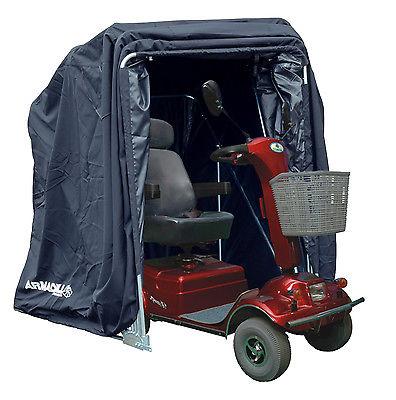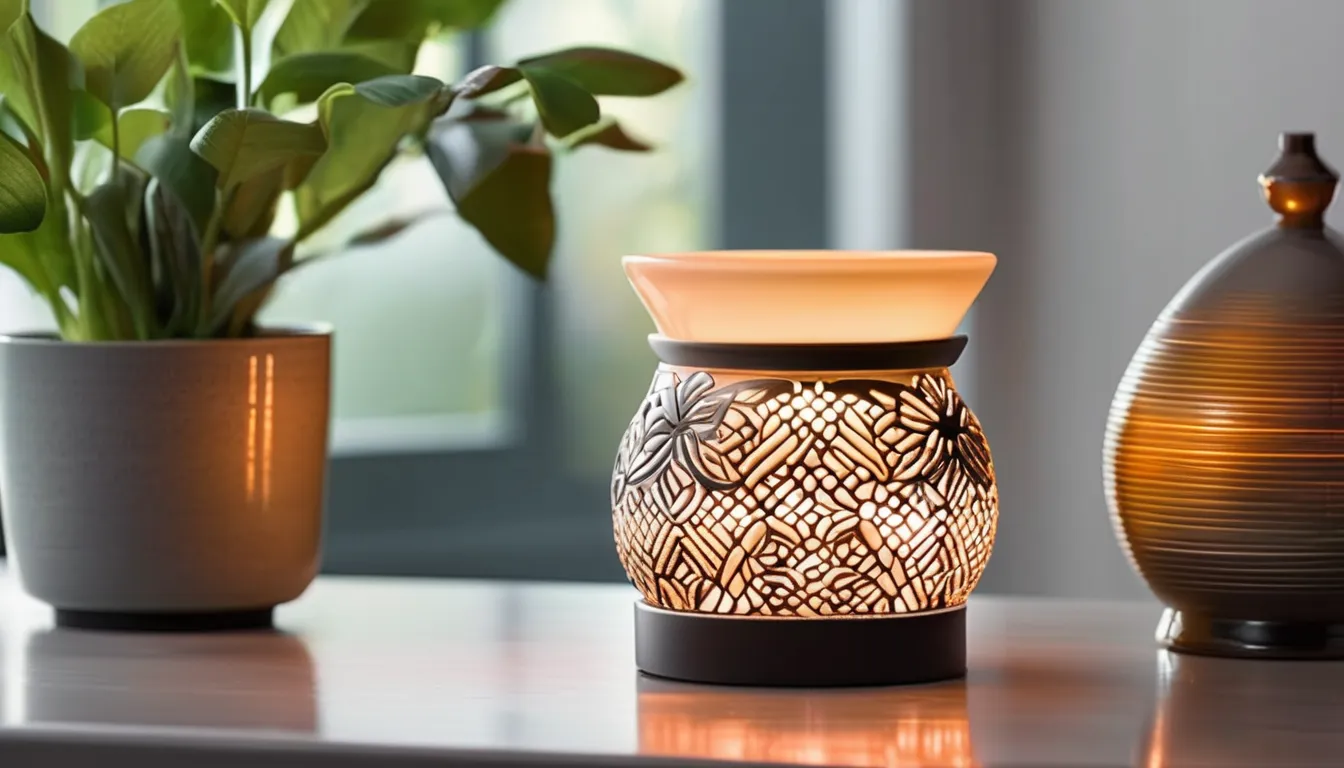When you’re evaluating PVC heater solutions, you need to focus on your specific requirements, such as area size and heating speed. You might also want to explore different heating methods, like conduction or convection, to find the most effective fit for your application. Safety and energy efficiency shouldn’t be overlooked either, as they can greatly impact your operating costs and material integrity. So, what factors should you really prioritize to ensure you pick the right heater for optimal performance and safety? Let’s break these choices down further.
Understanding PVC Heating Requirements
When working with PVC materials, it’s crucial to understand their heating requirements to ensure effective and safe processing. PVC has specific thermal properties that dictate how it should be heated to maintain its integrity and performance.
You need to monitor the temperature closely, as overheating can lead to degradation, producing harmful gases and affecting the material’s quality.
Firstly, you should decide on the method of heating, whether it’s through direct or indirect means. Direct methods often offer quicker heating times but can present risks of localized overheating.
On the other hand, indirect heating provides more uniform temperature distribution, reducing the risk of damage.
You’ll also want to consider the desired final application of the PVC material. Different formulations of PVC vary in their tolerance to heat, so knowing which type you’re working with is essential.
Generally, keeping the temperature below the degradation point helps preserve the material and enhance its longevity.
Types of PVC Heaters
Understanding the heating requirements for PVC leads you to explore the various types of heaters suitable for processing this material. The most common options include conduction heaters, radiation heaters, and convection heaters. Each type has its unique advantages, making them suitable for different applications.
Conduction heaters, designed for direct contact with the PVC, offer rapid heating and even temperature distribution. They’re perfect for applications where efficient heat transfer is crucial.
Radiation heaters, on the other hand, rely on infrared technology to warm the air around the PVC. These are excellent for heating larger areas without direct contact, providing a more versatile option for various setups.
Convection heaters use heated air to warm the surrounding environment, making them suitable for gradual heating processes. They’re ideal when you need to maintain a consistent temperature over a more extended period.
Lastly, think about specialized heaters, like band or blanket heaters, which target specific areas of the PVC for focused heating.
Choosing the right type depends on your specific requirements, including the thickness of the PVC, the desired heating speed, and the overall application flexibility.
Factors to Consider When Choosing
Selecting the right PVC heater involves several key factors that can influence both performance and efficiency.
First, consider the size of the space you’re trying to heat. You’ll want to ensure the heater’s output matches your room’s dimensions. Using a heater that’s too small won’t adequately warm the area, while an oversized unit may lead to wasted energy.
Next, look at the heater type—whether it’s electric, gas, or infrared. Each type has its pros and cons, so think about what’s best suited for your needs and budget. Also, check the heater’s wattage heating element manufacturers temperature range to ensure it meets your requirements.
It’s essential to consider safety features, too. Look for automatic shut-off mechanisms and overheat protection to prevent potential hazards. Additionally, assess the unit’s energy efficiency rating; higher efficiency often means lower operating costs.
Lastly, read reviews and see what other users say about durability and reliability. Hearing from others can guide your decision and help you avoid pitfalls.
Benefits of Efficient Heating
Efficient heating brings a host of benefits that can significantly enhance your comfort and reduce energy costs. When you invest in an efficient PVC heater, you’re not just warming your space more effectively—you’re also saving money.
These heaters operate with optimized technology that maximizes heat output while minimizing energy consumption, so you won’t be shocked when the energy bill arrives.
Moreover, efficient heating leads to quicker warm-up times. You won’t have to wait endlessly for your room to feel comfortable; the immediate warmth allows you to enjoy your space without delay, whether it’s during chilly winter months or on cool evenings.
You’ll also appreciate how consistent heating improves air quality. Efficient heaters maintain stable temperatures, reducing drafts and temperature fluctuations that can stir up dust and other allergens in your home.
Additionally, many modern PVC heaters are equipped with smart features. This means you can control the temperature remotely, ensuring your home is just the right amount of warm when you arrive.
In short, investing in efficient heating translates to comfort, cost savings, and convenience—what’s not to love?
Maintenance Tips for PVC Heaters
Keeping your PVC heater in top shape ensures optimal performance and longevity. Start with regular inspections. Look for any visible wear, cracks, or corrosion. These issues can affect efficiency and safety.
Clean the heater regularly to prevent dust buildup. A clean unit operates better and lasts longer.
Next, check your heater’s connections and wiring. Tighten loose connections and replace any damaged wires. Proper electrical connections prevent overheating and potential hazards.
It’s a good idea to make these checks before the heating season begins.
Don’t forget about the thermostat settings. Ensure they’re calibrated correctly, as incorrect settings can lead to inefficient operation.
If you’re unsure, consult the manufacturer’s manual or a professional.
Finally, schedule an annual professional maintenance inspection. An expert can spot issues you might overlook and provide solutions to keep everything running smoothly.
Doing this can save you time and money in the long run.
Conclusion
In conclusion, finding the right PVC heater solution is crucial for your specific needs. By understanding your heating requirements and the types of heaters available, you can make an informed choice. Don’t forget to consider factors like safety and energy efficiency, as they’ll impact both performance and costs. Remember to maintain your heater for optimal operation. With the right approach, you’ll ensure effective heating while preserving the integrity of your PVC materials.






